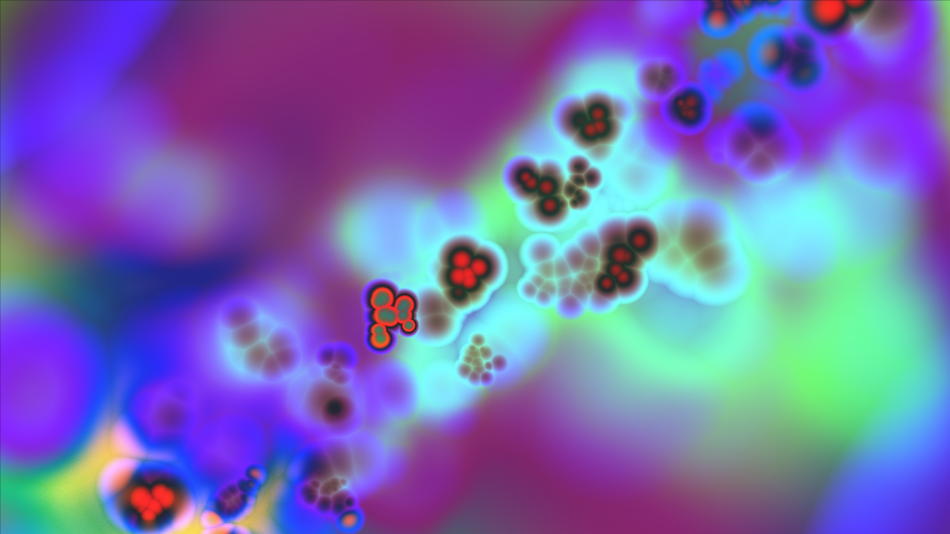
Image Credit/Shutterstock: HaHanna
The study of cell-nanoparticle interactions is vital for researchers specializing in the fields of nanomedicine and nanotoxicology. In nanotoxicology, the number of nanoparticles internalized by the cells or attached to the external surfaces of cells, regulate the toxic profile of those particles. Generally, in the field of medicine, the efficacy of the medically effective nanoparticles is hugely dependent on the detailed pathway of cell-nanoparticle interactions.
Even though we understand the importance of the study of nanoparticle-cell interactions, it is one of the under-explored areas in nanotechnology research, mainly because of the lack of suitable user‐friendly methodologies. This article focuses on the latest development in the analysis of cell-nanoparticle interactions.
Methods for the Analysis of Cell-Nanoparticles Interaction
Research has shown that the most ideal methodology would involve minimal sample preparation and adequate resolution to assess nanoparticles at their cellular and subcellular localization at the single-cell level, allowing high sample throughput, and not requiring additional fluorescent or radioactive labeling of nanoparticles.
Several methods have been used to characterize cell-nanoparticle interactions. Electron microscopy with nanoscale resolution is suitable for examining the cellular localization of electron-dense nanoparticles. The most common method to visualize silver and gold nanoparticles at a high magnification is electron microscopy, i.e., transmission electron microscopy (TEM) and scanning electron microscopy (SEM).
Electron Microscopy
Even though TEM analysis is a time-taking approach, the major advantage of this technique is that it does not require any tagged metal nanoparticles. Further, TEM can also provide a 3D image, helping determine the cellular localization of nanoparticles by studying the ultrathin specimen sections.
Analysis of the intracellular localization revealed that nanoparticles taken up by the cells are mainly found inside mitochondria, nucleus, rough endoplasmic reticulum (RER) as single nanoparticles or smaller clusters. The metallic materials possess higher electron density and can be easily seen under the electron beam, thus, by increasing the contrast of imaging, dark field observation can be used. Dark-field microscopy has been immensely utilized to visualize interactions between mammalian cells and silver nanoparticles both in in vitro and in in vivo experiments. Dark and bright field analysis also confirms the presence of nanoparticles inside the cells.
Raman Microspectroscopy
Raman microspectroscopy imaging provides an important bioanalytical method to obtain information regarding the chemical composition of a single cell without staining. This technique is used to visualize and map both silver nanoparticles and gold nanoparticles inside the cells. This technique can also distinguish between cell surface-bound and internalized nanoparticles and thus proved to be a pivotal tool in studying the relationship of cells and nanoparticles.
Mass Spectroscopy
Although flow cytometry provides high-throughput single-cell data, it suffers from several drawbacks such as interference from autofluorescence, limited quantification, and lack of ability to differentiate cell surface-attached nanoparticles from those internalized by cells. Instead, ICPMS based approaches can detect stable isotopes.
Mass Spectrometry-Based (MS) methods, for example, inductively coupled plasma mass spectroscopy (ICP-MS), atomic emission, and optical emission mass spectrometry (AES and OES) are gaining its popularity in quantifying cell-associated metal nanoparticles. Although these methods are very sensitive to detection, they are not able to detect any changes in speciation that may take place during biological exposure, enabling only elemental analysis.
Currently, time-resolved or single-particle ICP-MS (SP-ICPMS) resolve the limitation of ICP. Thus, SP-ICP-MS is of growing popularity for sensitive (detection limit in ng/L range) characterization of metal nanoparticles in the field of environmental chemistry and nanotoxicology. SP-ICP-MS has been used to analyze silver nanoparticles and gold nanoparticle in organisms, tissues and to study the dynamics of silver nanoparticles transformations in human plasma.
Another detection technology that shows high efficiency is time-of-flight mass spectrometry (ICP-TOF-MS), which is used by CyTOF and Helios instruments. This technology provides prominent advantages for the analysis of interactions between cells and nanoparticles. For example, it has been used to determine the uptake of a wide range of metal-containing nanoparticles. Further, it also can quantify multiple isotopes simultaneously, independently identifying nanoparticles, cells, and physiological cellular parameters.
Synchrotron X-ray Absorption Spectroscopy (XAS)
This type of spectroscopy is capable of elemental speciation analysis. This technique obtains information regarding the oxidation state, symmetry and identity of the coordinating ligand environment for an element of interest by exploiting the ability to tune the energy of incident Xrays. Any pre-treatment of samples or extraction/isolation of the nanoparticles is not required.
Sources
Moore, T.L., Urban, D.A., Rodriguez-Lorenzo, L. et al. Nanoparticle administration method in cell culture alters particle-cell interaction. Sci Rep 9, 900 (2019) doi:10.1038/s41598-018-36954-4. https://doi.org/10.1038/s41598-018-36954-4
Panzarini, Elisa & Mariano, Stefania & Carata, Elisabetta & Mura, Francesco & Rossi, Marco & Dini, Luciana. (2018). Intracellular Transport of Silver and Gold Nanoparticles and Biological Responses: An Update. International Journal of Molecular Sciences. 19. 1305. 10.3390/ijms19051305.
Ivask, A., Mitchell, A. J., Malysheva, A., Voelcker, N. H. & Lombi, E. Methodologies and approaches for the analysis of cell–nanoparticle interactions. Wiley Inter. Rev. Nanomed. Nanobiotechnol. 10, e1486(2018)
Disclaimer: The views expressed here are those of the author expressed in their private capacity and do not necessarily represent the views of AZoM.com Limited T/A AZoNetwork the owner and operator of this website. This disclaimer forms part of the Terms and conditions of use of this website.